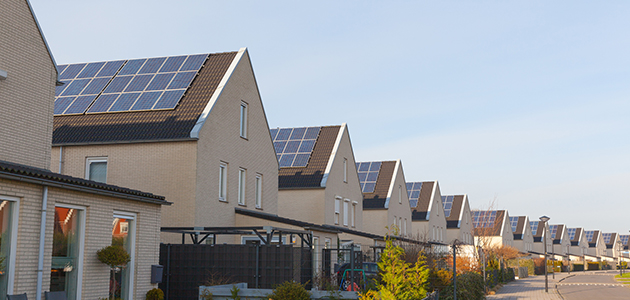Two-Way Power Flow Isn’t ‘Coming’—It’s Already Been Affecting the Grid for Years
Back to Top
Concern over facing the inevitable issues from two-way power flowing across the grid is old news. Why? Because it’s here already, and it’s been here quite a long time. So instead of believing it’s an upcoming issue we can put off addressing, it’s time to look at the amount of two-way power flow and concentrate on the problems it already is causing, or soon will be.
The trend started when the first photovoltaic (PV) panels came online more than 35 years ago. Since then, in the 1990s, more and more wind farms have come online, and now solar farms similarly are adding reverse-direction power flows. Ireland has had widespread two-way power flowing across its grid for at least 10 years, the UK has had it for years, Hawaii has had it for years, and the list keeps growing.
So, this is not a new topic. In some cases, utilities may be unaware of it, and in others the grid is just barely coping with it. It depends on the degree of penetration of distributed generation.
We’ve already seen cases where, if a utility relies too much on renewables on a feeder, the voltage swings can actually cause voltage to go out of regulation limits. In Scotland, for example, there’s a lot of solar PV, including on old houses. Nominal voltage is set for 230 to 240 volts, but voltages have been much higher than that.
Subsequently, customers suddenly don’t know why that new big screen TV they just bought isn’t working. They’ll probably want to hold their utility accountable, especially if it has ignored the voltage-fluctuations issue. Believe me, with social media’s reach today, customers know when their neighbors have similar power problems.
If a utility’s voltage is going all over the place, and if that subsequently introduces momentary outages for all those homes deploying solar panels, the very people who put PV power on their roofs thinking it’s a good thing are going to become really irritated over why they keep going on and off the grid. These momentary outages are caused by changes in the grid characteristics, including voltage fluctuations. This is exactly what we’re seeing in Hawaii.
The grid is not prepared for this disruption, and two-way power ultimately can affect a utility’s reliability. As two-way power flows start to build on the grid, utilities must start thinking about how their grid is managed on a daily cycle, when renewable power comes off and on the grid. This includes managing protection settings, potentially wide voltage fluctuations, and other changes that require bi-directional protection coordination.
Importantly, it’s not the introduction of renewable generation that is causing the grid to become unreliable. Renewables simply are bringing attention to the fact that the grid that was deemed as reliable in the past is not the grid we need for tomorrow.
So, with two-way power-flow issues already being here, utilities should ask themselves, can we manage it? How should we address it? How is it affecting our reliability? Has the power commission seen a rise in customer complaints?
Utilities will face problems if their answers to these questions are, ‘I don’t know?’ At this stage of the game with two-way power flow, its best to understand the issues and have a set plan to address them.
I’d be interested in learning your thoughts on grid-improvement needs that address the two-way power-flow situation. You can leave your comments below.